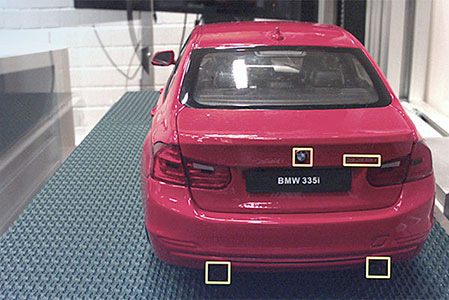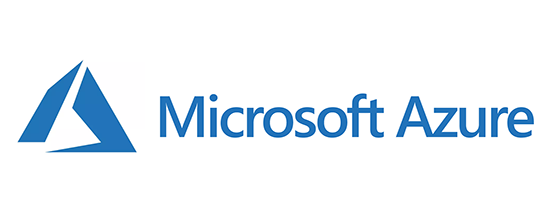RCV from Robotron offers the possibility to provide infrastructure components quickly. It can do this because the specific Azure Resource Manager (ARM) templates are defined for certain application scenarios. These templates are used to deploy predefined PaaS services, e.g. cloudways, storage components, machine learning components, virtual machines (VM) or trigger automatisms. The central Azure service of our RCV solution is Microsoft Azure IoT Edge.
Microsoft Azure IoT Edge provides an innovative approach to system and network architecture helping companies to work beyond the limits of traditional cloud-based solutions. The data generated by IoT Edge devices is typically transferred to cloud servers for analysis. The transmission of large amounts of data is a cost factor to be considered and can lead to time delays or latency due to limited bandwidths. Instead of storing and processing data in a cloud or central data centre, cloud workloads are migrated to the edge of the network. Azure IoT Edge provides features such as authentication and communication from local devices. This allows IoT applications to run either offline or without permanently communicating with the cloud.






